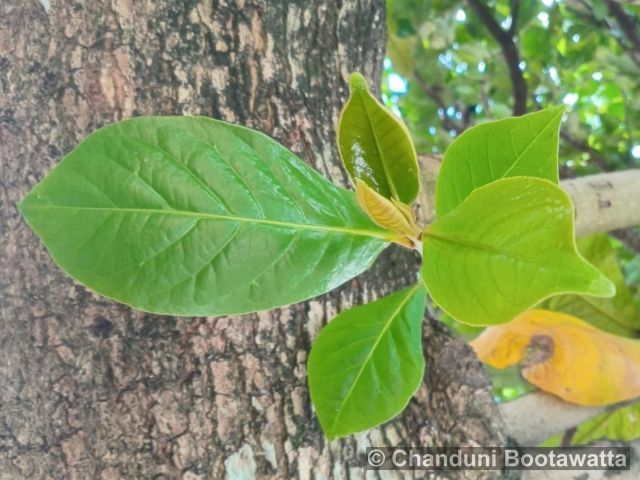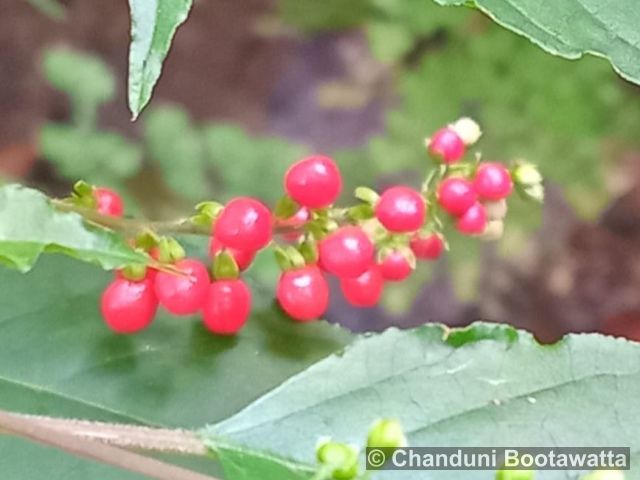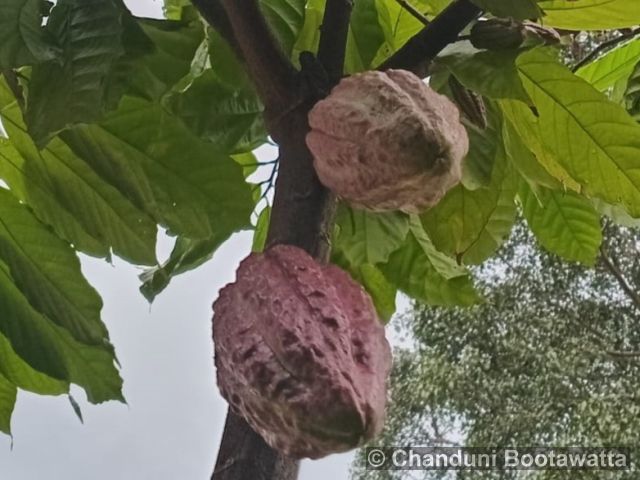Tento příspěvek byl přečten195krát!
Kamansi (also spelled camansi), Ulu, Kada Chakka, fruta de pan
Syn: Artocarpus altilis var. non-seminiferus (Duss) Fournet, Artocarpus altilis var. seminiferus (Duss) Fournet, Artocarpus communis J. R. Forst. et G. Forst., Artocarpus incisus (Thunb.) L. f., Artocarpus incisus var. non-seminiferus Duss, Artocarpus incisus var. seminiferus Duss, Artocarpus laevis Hassk., Artocarpus rima Blanco, Sitodium altile Parkinson ex F. A. Zorn
Family: Moraceae


Description: Large evergreen tree that can reach up to 85 feet (26 m) in height. It has a straight trunk and a dense, spreading crown of large, glossy, deeply lobed leaves. The fruit is the key feature, typically a large and round. Outer surface of the fruit has a green, spiky texture. When ripe it yields a starchy, nutritious pulp. Flowers of the plant are inconspicuous, small, greenish, and the male, female flowers are borne on separate parts of the tree. Artocarpus altilis is valued for produce nutritional, versatile, edible fruit as well as for its timber.


Substitution: Artocarpus heterophyllus (Jack Fruit) is a plant with similar texture. The fruit has a green, spiky exterior and is known for its sweet and fruity aroma. Artocarpus camansi (breadnut) produces large, round fruits with a spiky green exterior. Those fruits are smaller than breadfruit and have a starchy, nutty flavor.



Ecology: Native to the rainforests of Southeast Asia. It thrives in tropical and subtropical regions with warm temperatures and high humidity.

General Description: It is a tropical tree native to the Pacific Islands.

Author of text and photos: Chanduni Bootawatta.
Photographed in Matale, Sri Lanka on 26/11/2023.



 Poslat emailem
Poslat emailem











